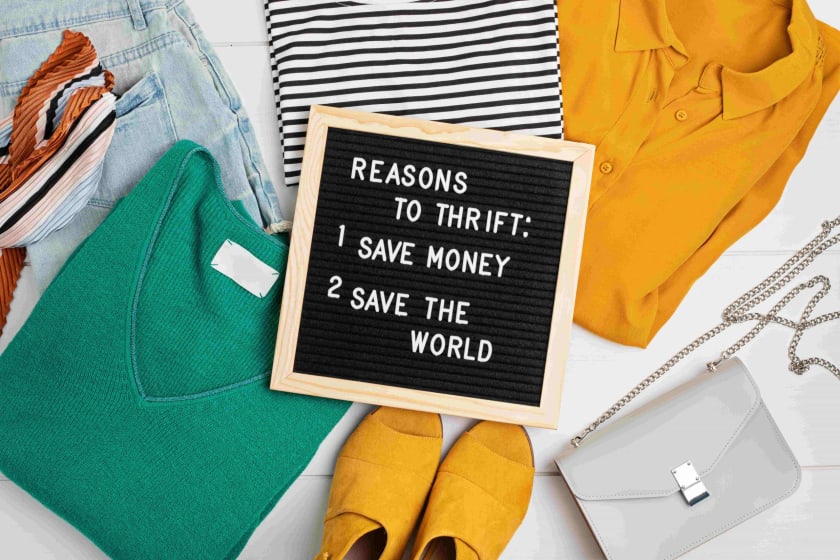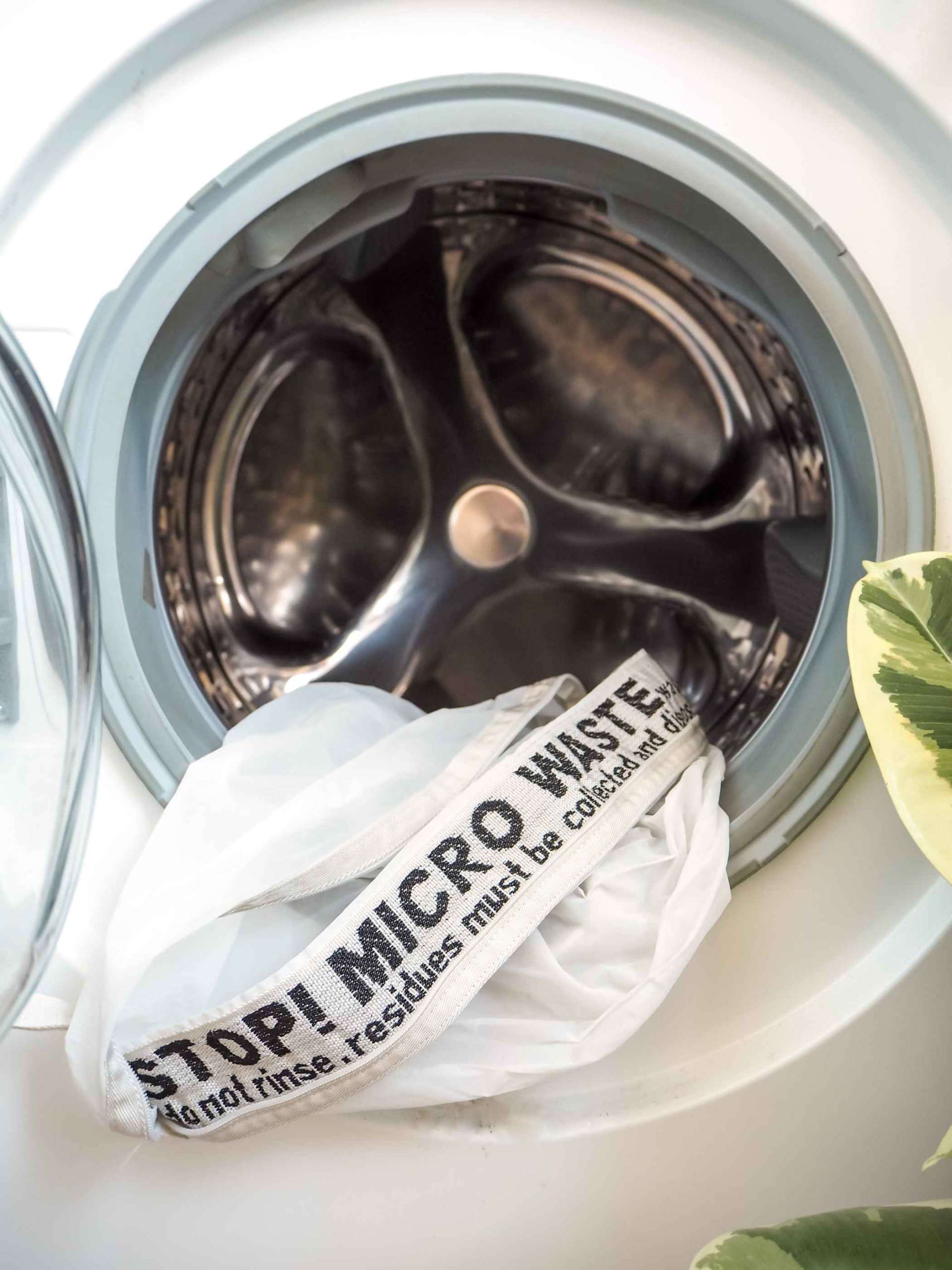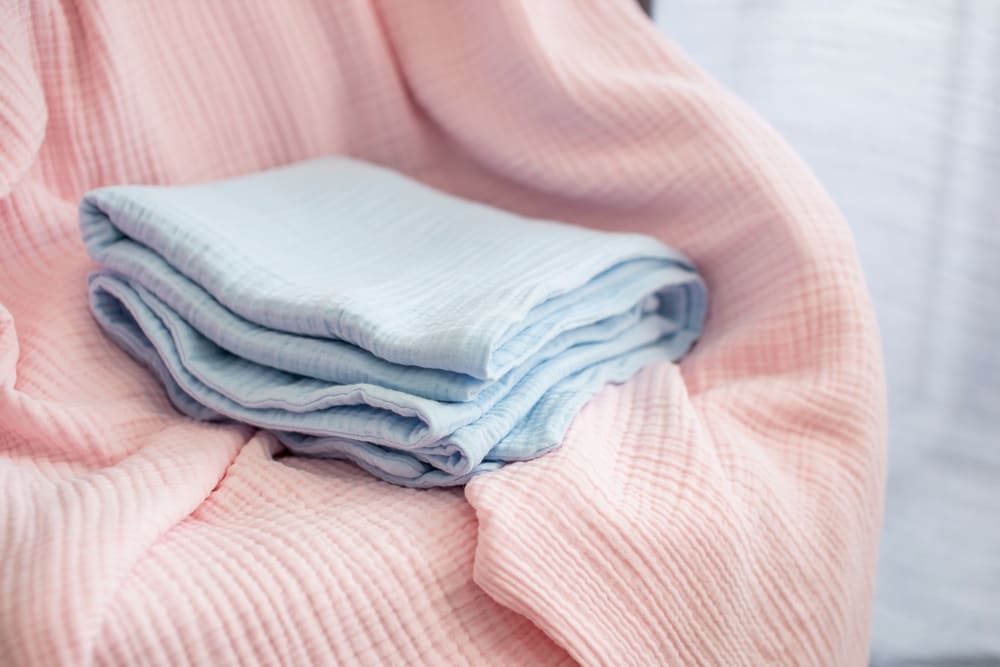Three Unique Thrift Shopping Tips You Need to Know



Thrifting has gained popularity amongst fashionistas across the globe. It not only eco-friendly but it also allows one to find unique designs and rediscover vintage styles. Thrift shopping is set to become one of the major fashion consumer trends of this decade.
More consumers now aware of fashion industry’s environmental impact. As such, thrift stores have been gaining steady traction. Studies show that the thrift shopping market will double in size within the next few years.
As a brand owner, you should invest resources in attracting a more aware consumer base. Here are a few tips and tricks that you can employ to make your inventory thrift shopping friendly. There is more information on this available at fashinza.com.
Curate according to the customer
For fashion designers, sourcing managers, brands, and merchandisers, one of the basic tenets to setting up a thrift store is to know your customers’ preferences. Some shoppers who frequent thrift stores are looking for specific types of apparel. To better cater to their needs, industry insiders must know the difference between retro, vintage, and secondhand fashion.
It’s advisable to display and catalog items depending on what the customer needs. For example, cataloging clothing according to fabric is a great way to curate the store. If a dress is cataloged or displayed according to its fabric or fibers, customers will find it easier to browse and choose according to the season, occasion, or just for the feel. This tip also applies to online thrift shopping retailers-they must catalog their products in a way to convert visitors into buyers.
Sourcing managers should note the trends and adequately manage the inventories to provide customers with just what they need.
Careful curation is required to attract customers who are not only looking for just anything to wear but also have a keen eye for durable apparel with a tinge of retro or vintage fashion, with or without tags.
Here’s why the durability of the apparel is vital: If the clothing lasts for more than a couple of years, customers will know that it helped reduce their carbon footprint.
Quality control thrift shopping apparel
For any industry to thrive, be it on a small or global scale, it needs to ensure the quality of the finished products. Thrift stores deal in secondhand apparel, vintage clothing, and sometimes even antiques. The quality of new clothing without tags, sourced from online or offline vendors, should be closely examined before it makes its way to the display cases or online catalogs. Several experts recommend that thrift shoppers keep an eye out for specific requirements for a durable piece of clothing. Sourcing managers should ensure this checklist is met before the clothing can be cataloged or displayed for customers:

Stitches: Usually, customers look for seamless stitching. More aware ones also look at whether the stitches are straight or misaligned and make judgments about the potential usability span of the apparel. Sourcing managers and sellers must note these in their products before selling them.
Hems: Customers note the hems and inseams of the clothing and how they are stitched onto the apparel. The usual preference is towards hems that are pressure reinforced and do not crease on folding.
Components: Besides the fabric, feel and comfort, customers also look out for specific aesthetics in their product choice. These include button positions, intricate patterns, linings, and other highlights. Sourcing managers and fashion merchandisers should keep these design choices in mind when displaying and cataloging their apparel in-store or online.
The condition of the apparel should also be taken into consideration. Many customers are aware that brand value alone is insufficient to make a garment sellable. A damaged or weakened piece of apparel will never have the usability span compared to a mint condition apparel by a lesser-known brand or clothing without tags. Sourcing managers and merchandisers should, thus, ensure quality-approved standards before putting clothes up for sale.
Pricing and sustainability of thrift shopping
For a successful business venture, a steady cash flow and a growing customer base are the most important criteria. There have been, in fact, several studies conducted by experts in the field. Here are a few comparable conclusions that can be drawn from them:
Firstly, heavy discounts and underpricing of apparel are unadvisable. Not only does this cause certain potential customers to stay away owing to the absurdly low prices, but also diminishes the value of the store and brand. Studies suggest that middle-range prices are the most successful, especially for secondhand apparel.
Secondly, offering a fair price for thrift shopping apparel helps keep the interest of consumers alight.
Thirdly, the business should maintain its sustainability to keep afloat in the market. Besides running mathematical models and predicting market trends, brands and merchandisers must understand consumer expectations. The customer base today has become more enlightened and is aware of the potential hazards of the fashion industry and its impact on the ecology. Thus, fashion brands, merchandisers, and sourcing managers should keep this is mind and offer products with a low ecological impact. For instance, biodegradable fabrics are in trend now, especially in thrift stores that recycle clothing and fashion.
In summary
The ecological impact of the fashion industry is the primary cause behind the rise in the popularity of thrift shopping. At thrift stores, clothes are of decent quality, priced fairly, and are durable. This is thanks to quality-control processes that cater to customer needs. There are several other studies and reports that can be found at fashinza.com. These three tips for maintaining a sustainable thrift store will help industry insiders ensure a good return on investment.




















